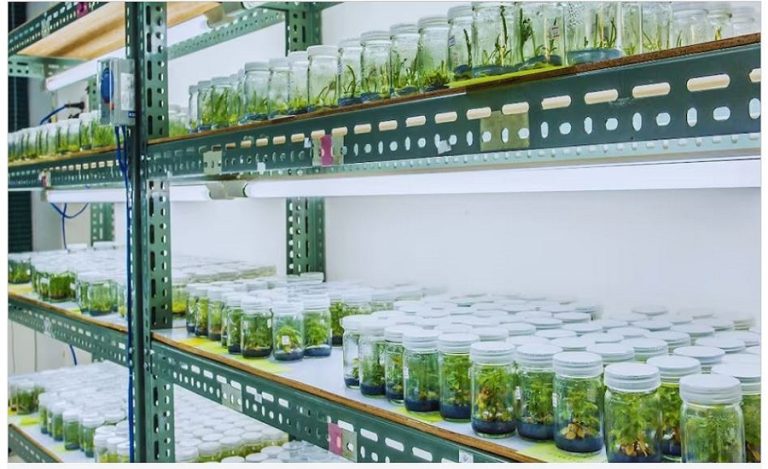On February 12th, NITI Aayog launched the Greening and Restoration of Wasteland with Agroforestry (GROW) report and portal. NITI Aayong led a multi-institutional effort with the aim of agroforestry suitability across all districts in India by using remote sensing and GIS. They developed an Agroforestry Suitability Index (ASI) for national-level prioritization using thematic datasets. This report shall provide state-wise and district-wise analysis and support to government departments and industries for projects that are linked with greening and restoration. Agroforestry is an important tool that aims at integrating trees, crops, and livestock to meet challenges of food, nutrition, energy, employment, and environment.
The “Greening and Restoration of Wasteland with Agroforestry (GROW)-Suitability Mapping” portal in Bhuvan will allow universal access to the much-needed state and district-level data.
Agroforestry covers 8.65% of India’s total geographical area, totalling about 28.42 million hectares. The current report underscores the potential benefits of converting underutilised areas, especially wastelands, for agroforestry. The GROW initiative aligns with national commitments, aiming to restore 26 million hectares of degraded land by 2030 and create an additional carbon sink of 2.5 to 3 billion tonnes of carbon dioxide equivalent.
Professor Ramesh Chand, member at NITI Aayog, emphasised the necessity of promoting agroforestry citing three parameters, they are: reducing the import of wood and wood products, carbon sequestration to combat climate change at a global and national level, and addressing sub-optimal use of arable land. He mentioned how fallow land and culturable wastelands can become productive through agroforestry. He also mentioned how this project had the potential to reap benefits in the long term and could also be used for promoting space technology in agriculture.
The newly launched portal shall be helpful in different programmes as the Government of India has dedicated much effort to promoting agroforestry and sensitizing the role of extension. The Union Budget of the Government of India (FY-2022-23) has already underlined the promotion of agroforestry and private forestry as a priority.
As the pioneer of the National Agroforestry Policy in 2014, India aims to enhance productivity, profitability, and sustainability through this agroecological land use system. This is a significant decision by India that aligns with its global and national commitments like the Paris Agreement, Bonn Challenge, UN Sustainable Development Goals, United Nations Convention on Combating Desertification (UNCCD), Doubling Farmers Income, Green India Mission and many others.




























